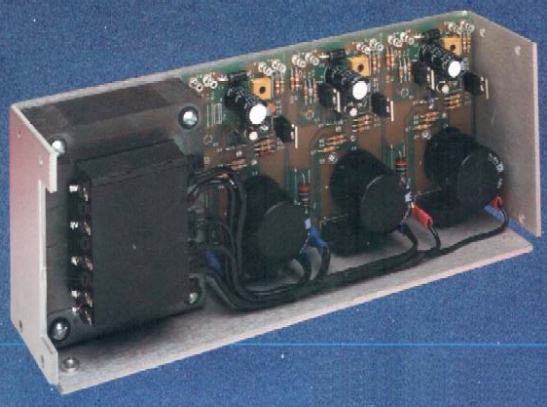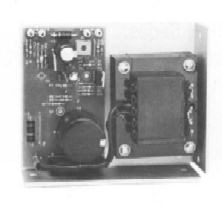 .
. 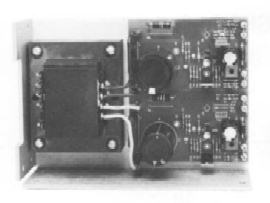
The same costing decisions driving
the GFSL switchers were applied to the 'Global' series of linear power
supplies. At the same time market-driven mechanical standardization
had to be addressed and a manual assembly method maintained.
Board art for the series was achieved
by repetative cut and paste of single-sided art patterns; the different
configurations were specified by bill of material group numbering system
in MRP. Four basic topologies and artwork patterns were developed to cover
the multitude of variations expected, with CAD-assisted magnetics redesign
for international safety requirements.
Truth be told, Computer-Aided Design software was only used to confirm initial magnetics design decisions. The CAD program, derived from the same basic formulas that any engineer might use, actually took longer to produce hard-copy output through the GUI and printer of an IBM PC of that era. It took about 60 seconds to get 'output' from yourself, using only a pencil and paper, thanks to a little tutoring from Larry Myers in the Hammond Electronics Division..
Original art was pencil on paper, then manually drawn in alcohol-based ink on blank copper for the breadboard. A corrected manual drawing was rendered in 2:1 scale, then passed on to Tyrone Chisolm, for taping onto mylar masters, from which photoplots could be generated. Strangely enough, final board fabrication was made double-sided, anyways, with only land detail on the component side. No-one in the organization was willing to trust the wave-solder joints of a simple single-sided board assembly, in the early production runs. This was corrected eventually..

The Global Linears offered an order of magnitude reduction in most of the commercial linear specifications for regulation and noise. This was achieved by dropping the venerable 723 regulator and using the TL431 as a reference, with care that neither cathode current or voltage altered appreciably over the regulation ranges..
Output noise in the microvolt range was typical, but could only be garanteed in a specification if the printed wiring was oriented in the chassis so that the captive transformer flux could not influence the reference - something that was often physically impossible to do in the expected industrial footprint.
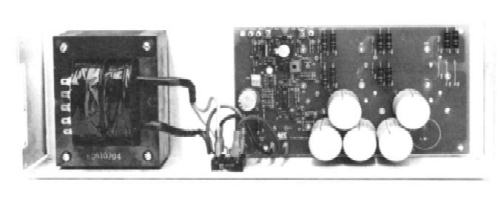
The Global series was eventually approved for general distribution and for large volume manufacturing, under license, in Korea. The product outlasted the GFC Hammond Division, for which it was developed and is maintained in some small way by Tectrol Inc., to this day.
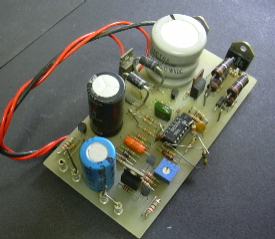
Non-hermetic power transistors were tested, but we could never get marketing to swallow them, as long as there was no cost reduction benefit. Above, an image of the one that got away.
Apparently the 'hometaxial base' semiconductors, originally used in this series to provide Isb ruggedness (in customer-driven TO3 packages), became increasingly difficult to obtain. The EI-branded parts were sourced in Yugoslavia (at Cdn$0.25). As the product was designed to produce a time-dependant limiting characteristic, with a 'deep-belly' foldback profile, the later substitution with epitaxial devices must have been fairly difficult to achieve reliably. At some point in the product's history, the foldback profile was altered
This was the only linear series (that I'm aware of) that had models offering forced current sharing for paralleled units, regardless of the full power rating of the models involved. Any model using a quad op-amp in it's circuitry had this feature. Strangely enough, these could also be paralleled with the GFSL switcher prototypes. This could have offered some interesting applications.
